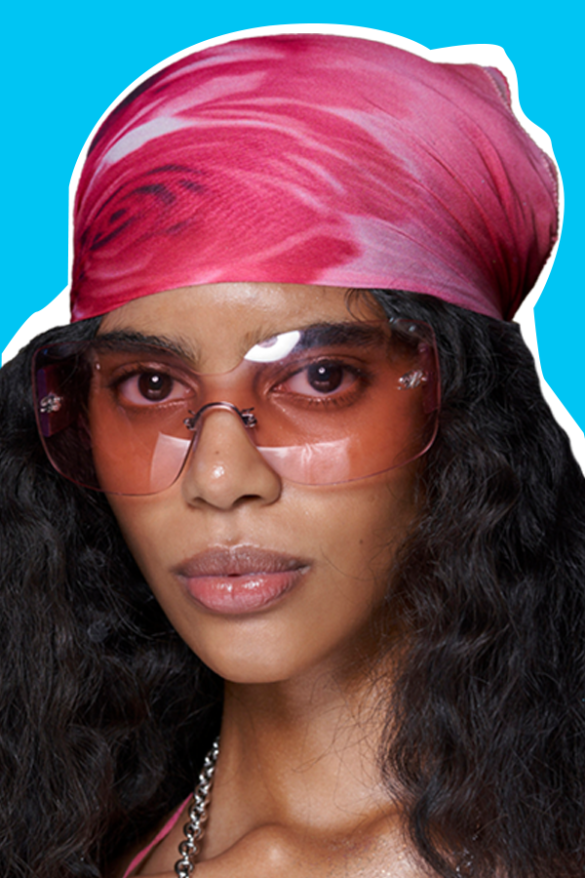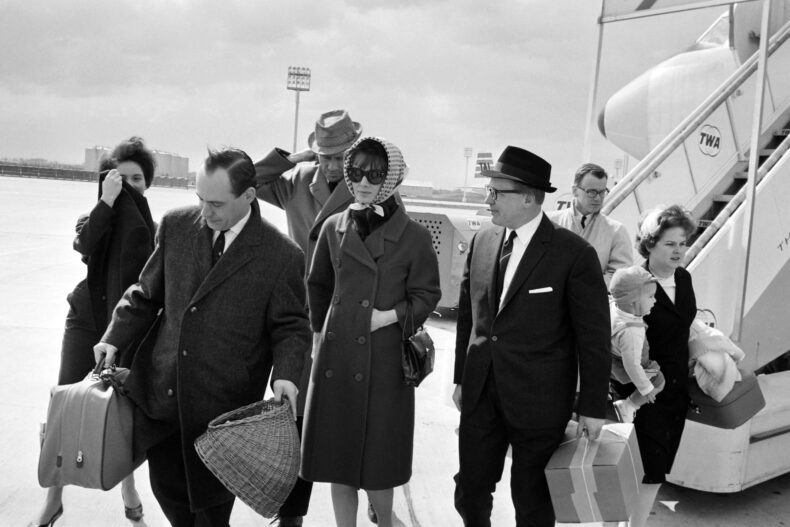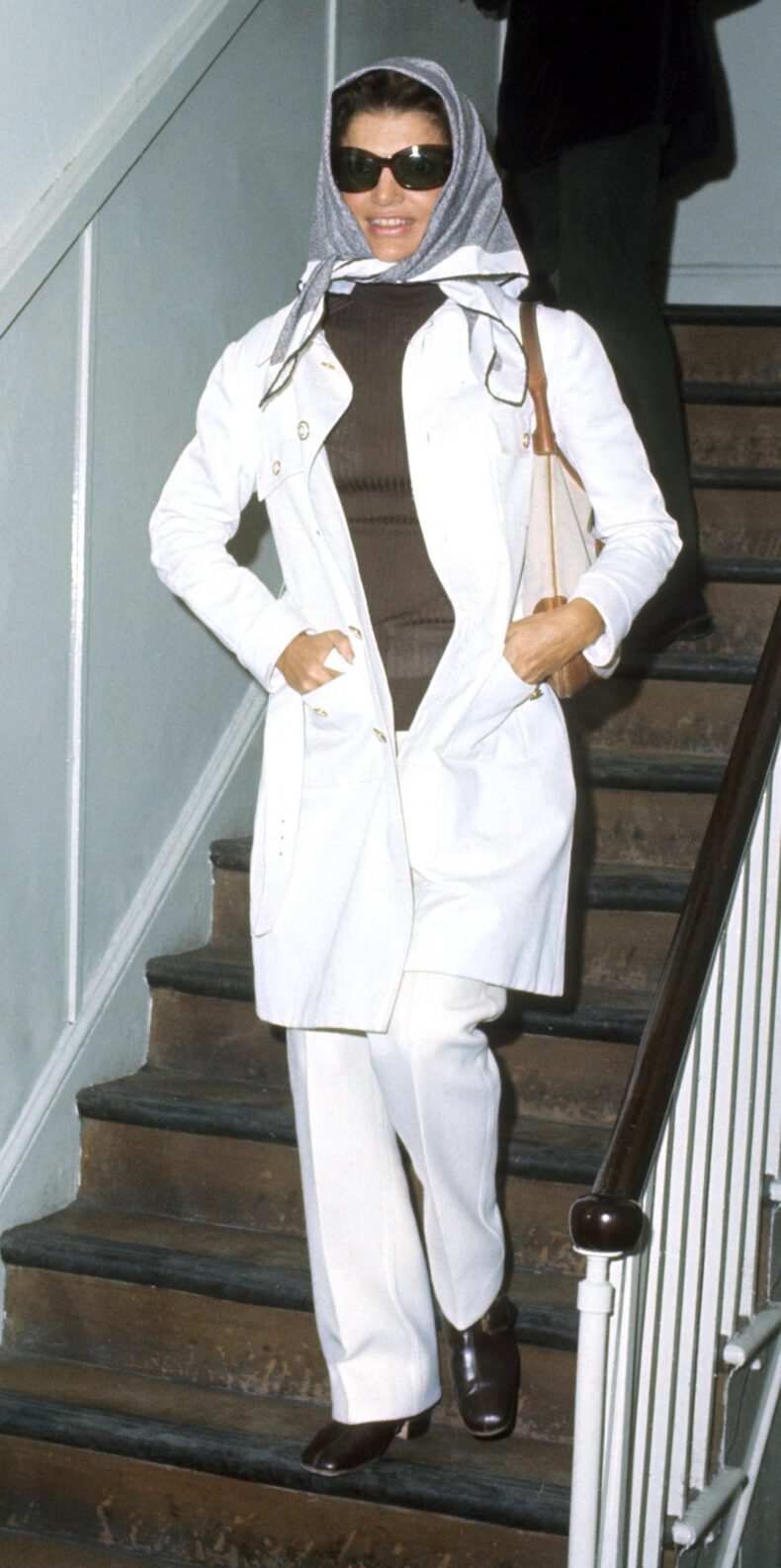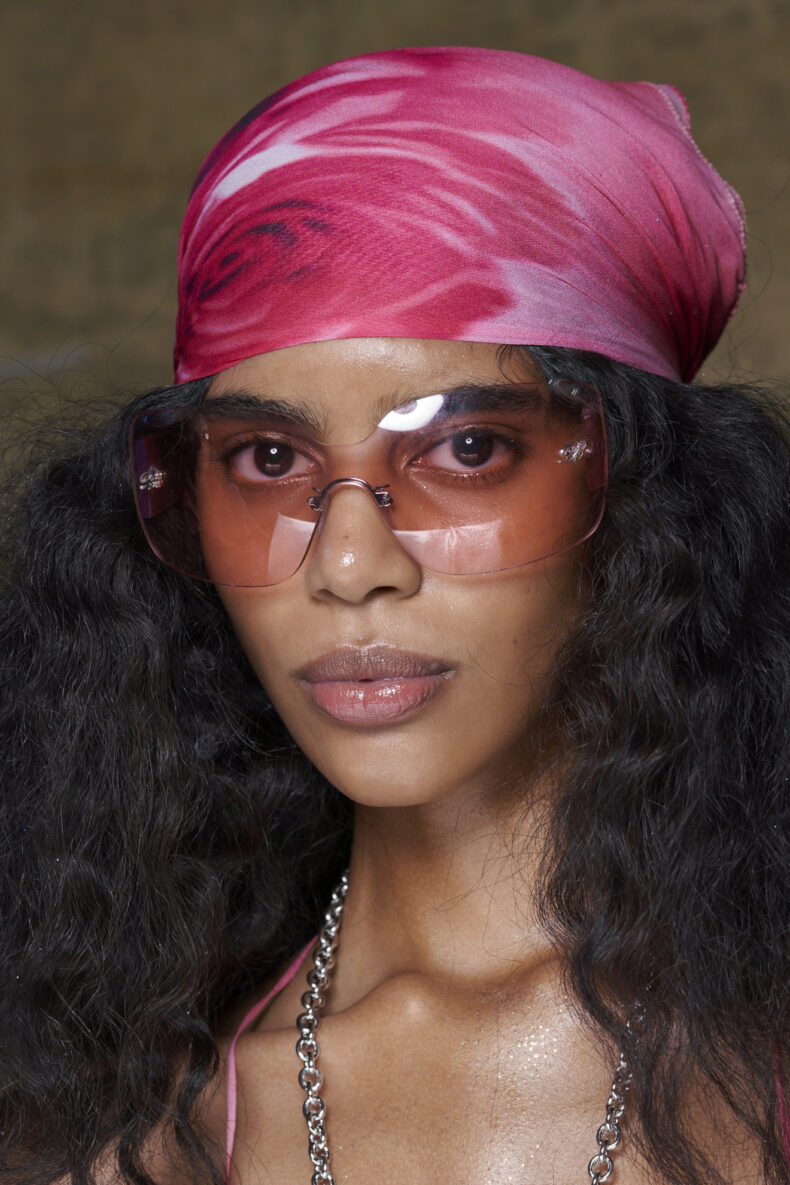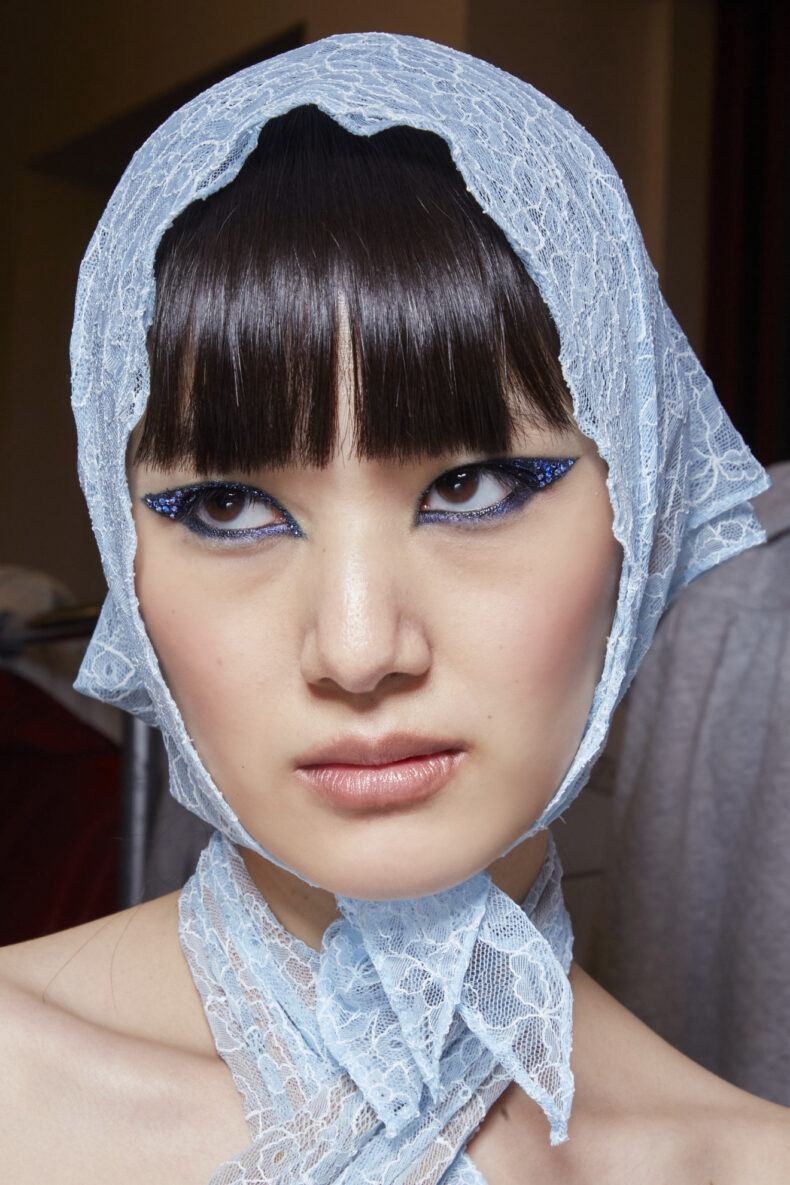No one has ever established that the foulard is a perfect accessory for a certain season of the year, but the certainty is that it is one of the most iconic and eclectic accessories of all time. The popularity of the foulard as a rustic garment – an emblem of elegance and sophistication – dates back to the 1950s and 1960s, when great personalities of the time such as Grace Kelly, Audrey Hepburn and Jacqueline Kennedy Onassis began wearing it, making it one of the main threads in their wardrobes. Whether made of silk, satin or cotton matters little, the scarf is timeless as well as ideal for any occasion. Born in the 20th century, it was first marketed by the French fashion house Hermès in 1937, and called Jeau des Omnibus ed Dames Blanches. Banally knotted around the neck, wrapped in the hair, or used as a handbag and wrist accessory, we know many ways to wear scarves. In the past, this particular accessory, before its present function as an ornament, was used to protect against the sun or by women to cover their heads and shoulders in church. Today, however, the foulard are increasingly decorated, blurring that boundary between the worlds of fashion and art.
AUDREY HEPBURN AND JACQUELINE KENNEDY, WHO BROUGHT THE FOULARD TO POPULARITY IN THE 1950S AND 1960S
- British actress Audrey Hepburn (C) and her husband US actor and director Mel Ferrer (3rd L) arrive at Orly airport for a stopover in France in Avril 1962. (Photo by AFP) (Photo by -/AFP via Getty Images)
- London September 10th 1970. Jackie Onassis shopping in Soho (Photo by Tom Wargacki/WireImage)
During the last fashion weeks, many fashion houses have tried to propose the so-called granny glam, the return of the foulard knotted under the chin. Influencing the collective imagination, as always, was the world of television series. Indeed, in an episode of the sequel to Sex and The City (And Just Like That), even Sarah Jessica Parker – as the most famous it girl ever, Carrie Bradshaw – wore the foulard knotted under her chin in perfect granny style.
DURING THE LAST FASHION WEEKS THE FOULARD HAS, ONCE AGAIN, CONSOLIDATED ITS STATUS AS AN ICON
- Versace / Via IMAXtree by Launchmetrics
- Blumarine / Via IMAXtree by Launchmetrics
- Blumarine / Via IMAXtree by Launchmetrics
- Laquan Smith / Via IMAXtree by Launchmetrics
- Etro / Via IMAXtree by Launchmetrics

